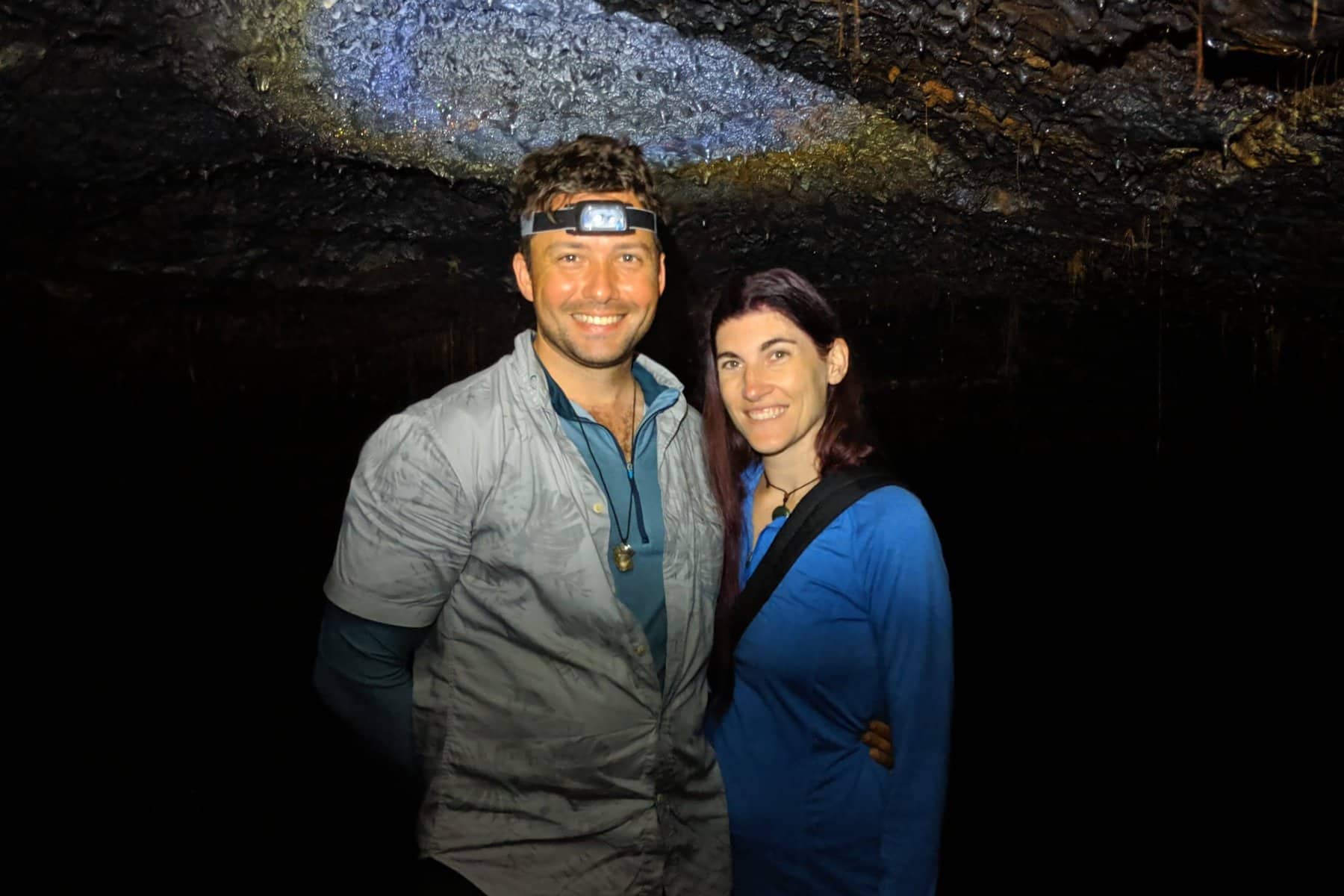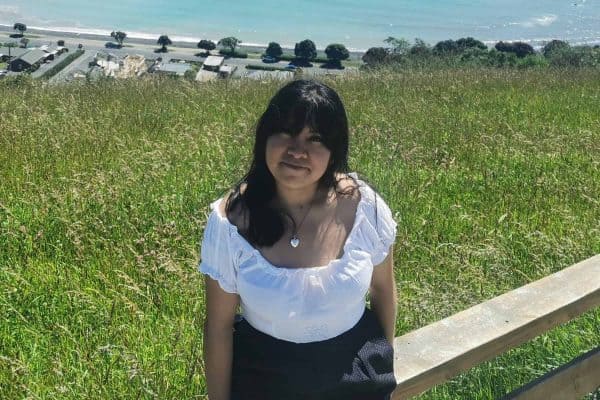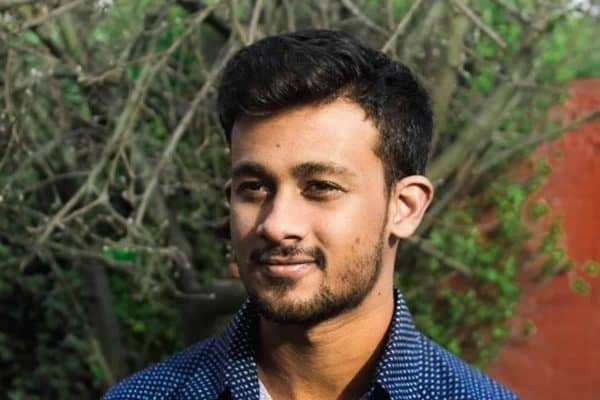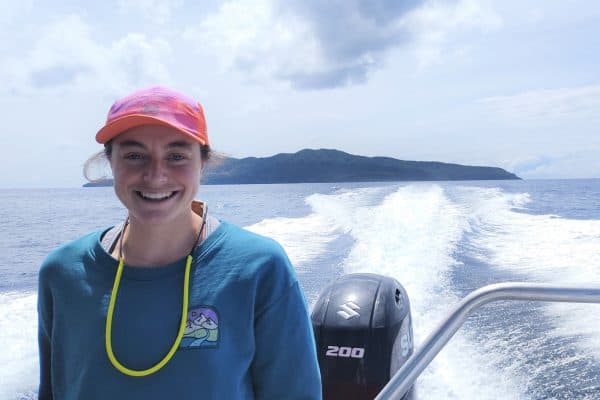Multihazard volcanic analysis for Mt. Ruapehu, New Zealand
I did my undergraduate degree at Western Washington University and my Master’s degree in Economic Geology at University of Alaska Fairbanks. I’ve worked at remote/fly-in mines in Nevada and Alaska, as a claim-staker for gold, uranium, and bentonite, done a research cruise on the Arctic Ocean, field archaeology campaigns, and worked as a caretaker on a Kona coffee and macadamia nut farm in Hawai’i.
Most recently I was in charge of setting up and running the geoscience field trips and unmanned aerial vehicles (UAVs) for the Asian School of the Environment and Earth Observatory of Singapore at Nanyang Technological University, which took me to Taiwan, Borneo, Java, and Bali for work, among other locations. From my time in Hawai’i and Indonesia I’ve seen a lot of people living in close proximity to volcanic hazards, and I decided I wanted to focus more on helping those at risk, so I came to New Zealand to work on Mt. Ruapehu with Professor Jonathan Procter.
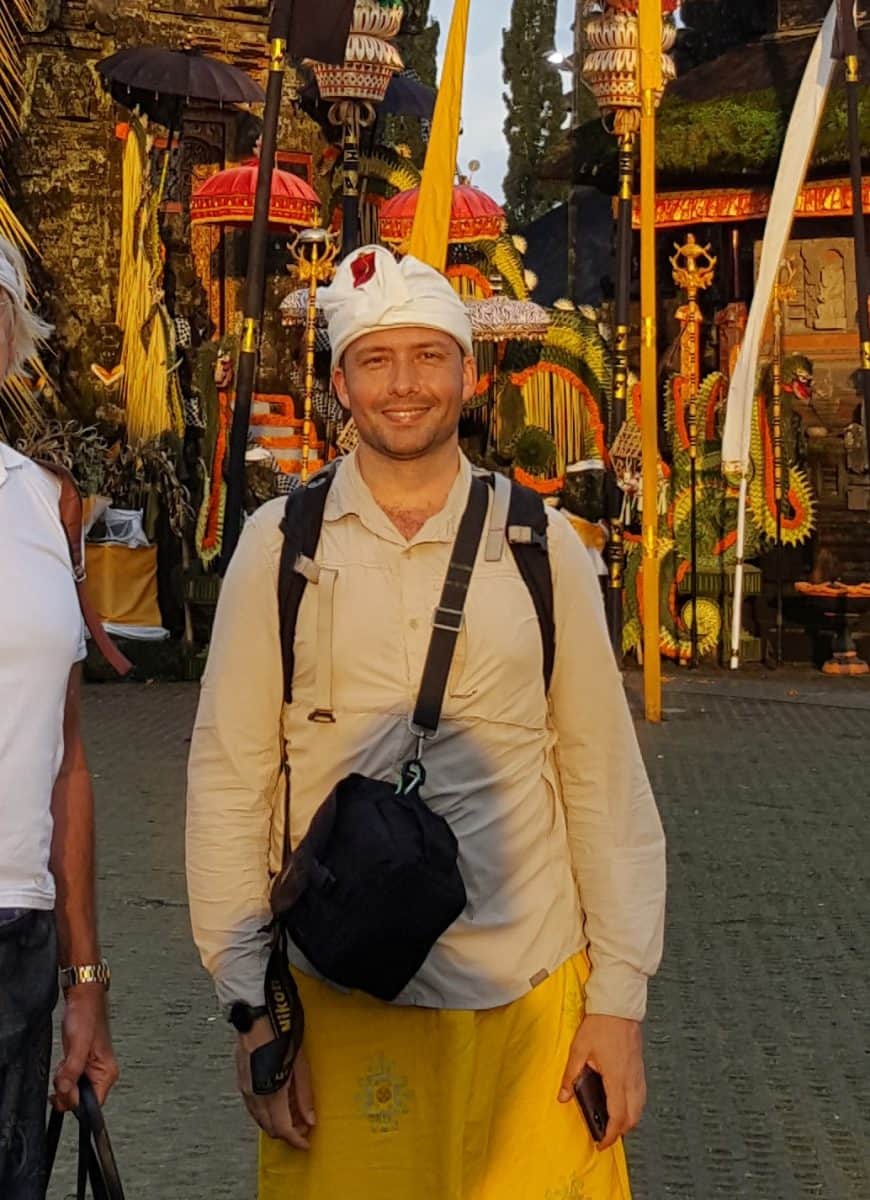
My Project
I’ll be examining the Ruapehu lahar record over the last 2,000 years to build a framework of determining how to classify each lahar event into a specific triggering mechanism. This will lead into incorporating that into a multi-hazard framework where we can then also start to better define some of the hazard probabilities for these multihazard events, and may also relate to or help inform the GNS Bayesian event network for Ruapehu.
Aligned with this work is a geological investigation on the provenance of different hazard events through sedimentology and geochemistry, as well as their spatial extents derived from an exhaustive collection of historical aerial photography.
And finally I will be working in partnership with Ngāti Rangi to delve deeper into understanding matauranga around hazards from Ruapehu and use that knowledge to inform an analysis of events over time.
Next Steps
Being able to determine trigger mechanisms from lahar deposits allows us to increase event resolution and develop more robust hazard models and new statistical models. Then correlating preserved deposits with written and oral historical records harnesses the power of storytelling and collective memory to optimize communication.
